
New Power
How Power Works in Our Hyperconnected World and How to Make It Work for You
Recommendation
Harvey Weinstein was powerful, but the new power model took him out in the #MeToo tsunami, as co-authors Jeremy Heimans and Henry Timms explain during this Talks at Google episode about their book, New Power. They cite Airbnb, which merged new and old power modes to overcome a pending California regulation by hiring lobbyists and deploying hosts as door-to-door advocates. New power is decentralized, but it requires some structural elements of the old power model to retain vigor. This fast-moving video conversation will enlighten leaders who are trying to unravel the dynamics of the new power paradigm.
Summary
About the Speakers
Jeremy Heimans and Henry Timms are co-authors of New Power, which explores the new dimensions of contemporary power.









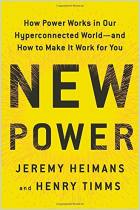
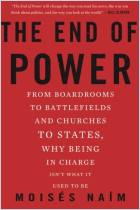
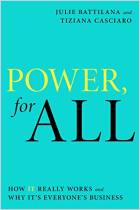

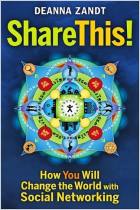
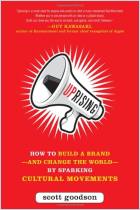
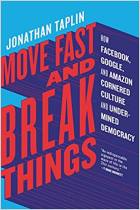





Comment on this summary